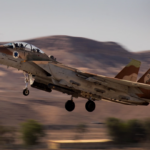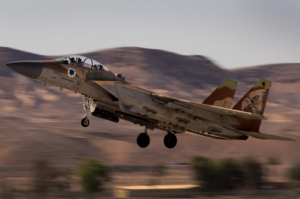
The U.S. Space Force (USSF) expects to complete an analysis of alternatives (AoA) of space-based ground moving target indication (GMTI) late this spring--an effort that the service has undertaken with the intelligence community and the Pentagon Office of Cost Assessment and Program Evaluation (CAPE). "Our goal is by late spring of this year we will deliver an AoA that will determine how best to go about accomplishing this critical [GMTI] mission," Chief of Space Operations Gen. John "Jay" Raymond told…














